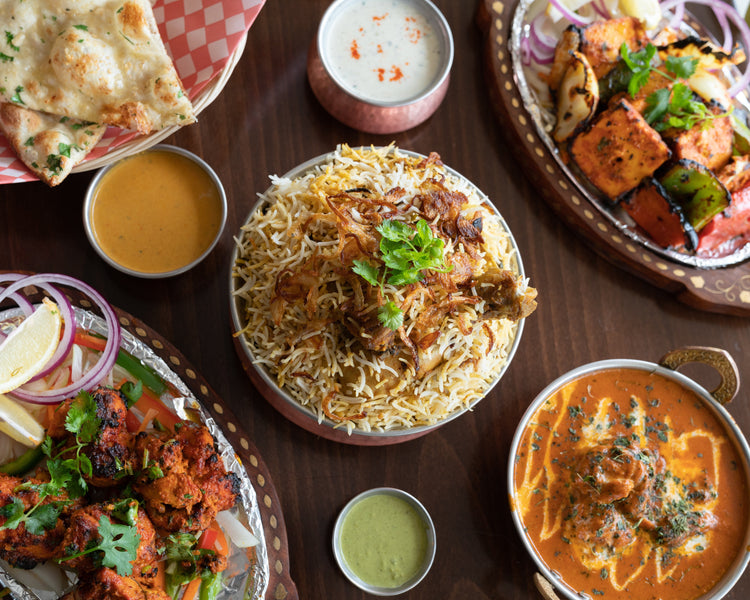The Ultimate Guide to Indian Spices

Indian cuisine is renowned for its bold flavors and aromatic spices, which play a central role in creating the diverse and vibrant dishes that have captivated food enthusiasts around the world. From the earthy warmth of turmeric to the floral notes of cardamom, each spice adds its unique essence to the culinary tapestry of India. In this comprehensive guide, we’ll delve into the fascinating world of Indian spices, exploring their origins, characteristics, and versatile uses in cooking.
Origins of Indian Spices
India has a rich and storied history of spice cultivation, dating back thousands of years. The country’s diverse climate and geography provide the perfect conditions for growing a wide variety of spices, ranging from tropical regions in the south to temperate climates in the north. Trade routes established centuries ago facilitated the exchange of spices between India and the rest of the world, further enriching the culinary traditions of the region.
Characteristics of Indian Spices
Indian spices are prized for their vibrant colors, intoxicating aromas, and complex flavor profiles. Each spice brings its own unique characteristics to the table, ranging from earthy and pungent to sweet and floral. Understanding the nuances of these spices is essential for mastering the art of Indian cooking and creating dishes that tantalize the taste buds.
Essential Indian Spices
1. Turmeric
Characteristics: Golden-yellow color, earthy flavor, and medicinal properties.
Versatile Uses: Used in curries, rice dishes, marinades, and as a natural food coloring agent.
2. Cumin
Characteristics: Warm, nutty aroma, and slightly bitter flavor.
Versatile Uses: Essential in spice blends like garam masala and curry powder, as well as in lentil dishes, soups, and stews.
3. Coriander
Characteristics: Citrusy, sweet flavor with a hint of earthiness.
Versatile Uses: Ground coriander is a staple in curries, spice blends, and marinades, while fresh coriander leaves (cilantro) add freshness to dishes as a garnish.
4. Garam Masala
Characteristics: Aromatic blend of spices including cinnamon, cardamom, cloves, and cumin.
Versatile Uses: Adds depth and complexity to curries, stews, rice dishes, and grilled meats.
5. Chili Powder
Characteristics: Intense heat and vibrant red color.
Versatile Uses: Adds spice and color to curries, marinades, and snacks like chaat and samosas.
Tips for Cooking with Indian Spices
- Toast and Grind: Enhance the flavor of whole spices by toasting them in a dry skillet before grinding.
- Experiment with Blends: Create your own spice blends or experiment with traditional blends like garam masala and curry powder.
- Temper Spices: Learn the art of tempering spices in oil or ghee to release their flavors.
- Balance Flavors: Achieve a harmonious balance of flavors by incorporating sweet, sour, salty, spicy, and bitter elements into your dishes.
- Cook Low and Slow: Allow your dishes to simmer over low heat to allow the flavors to meld together and develop depth.
Conclusion
Mastering the art of Indian spices is a journey of exploration and discovery, where every spice tells a story and every dish is an expression of creativity. By understanding the origins, characteristics, and versatile uses of Indian spices, you’ll unlock the secret to creating dishes that delight the senses and transport your taste buds to exotic destinations. So, roll up your sleeves, stock up your spice rack, and embark on a flavorful odyssey that promises to elevate your cooking to new heights. Happy cooking!